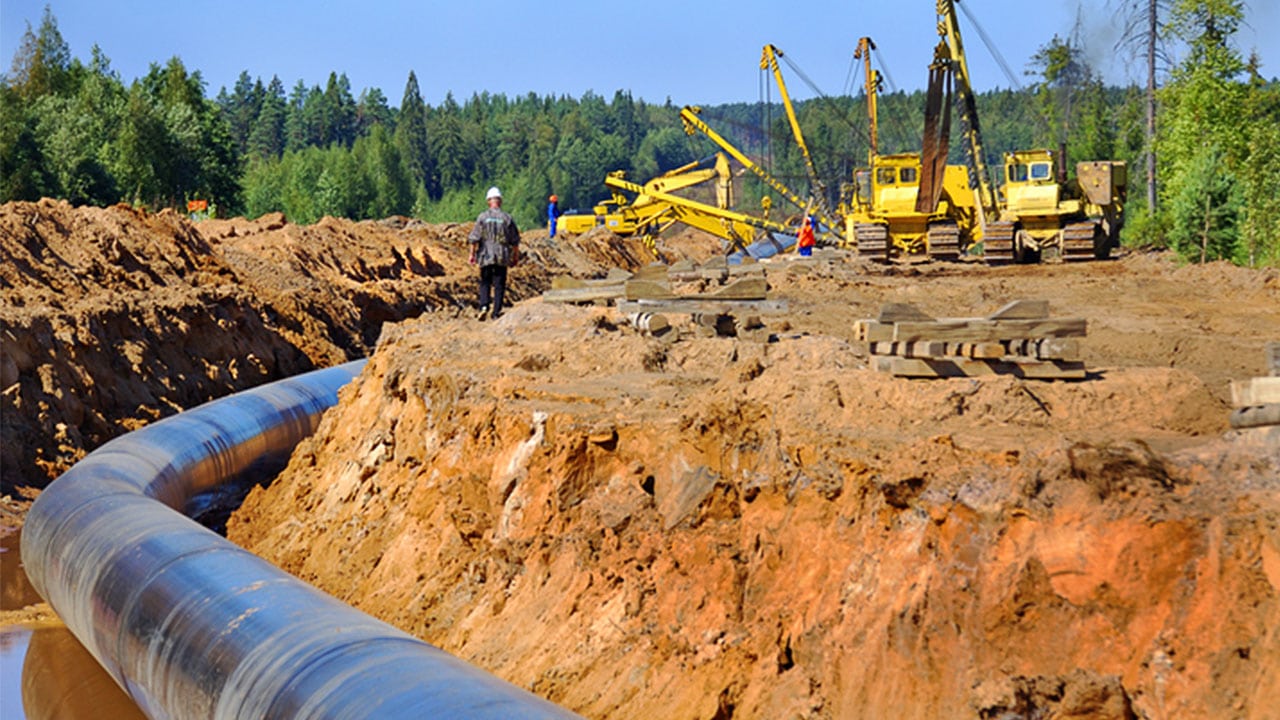When it comes to finding professional success, having good timing can be a big factor. That’s why students and professionals considering a career in digital design would do well to consider specializing in modeling pipelines.
Big things are in the works for Canada’s petroleum industry, and building information modeling (BIM) represents the best solution for efficiently planning new infrastructure. For those who prepare now, many possibilities could await.
Here’s a closer look at why you should start preparing for this opportunity today.
Canada’s Oil Industry Is Expecting Growth & Will Need Grads With Process Piping Diplomas
Canada’s oil production has fluctuated somewhat over the years, but the trend is looking up for the foreseeable future. The Canadian Association of Petroleum Producers stated in 2017 that it anticipates the current national pipeline capacity will need to increase by about 1.3 million barrels per day by 2030, largely thanks to growth in production in the oil sands region.
With projects as expensive and important as petroleum pipelines, there’s very little that is left to chance. That’s why comprehensive processes like BIM are the standards for industry planning. From initial landscape surveying to modeling the physical structure of the pipeline infrastructure to planning out the phases of construction step by step, it’s possible to accomplish a great deal of critical work early and quickly with BIM. With a great many projects of this kind needed to meet industry demand, more graduates of process piping drafting courses will be needed to properly prepare designs.
Pipeline Development Has Been Slow, But Will Soon Speed Up
Despite the projected need for more pipelines, activity toward actually producing them has been relatively slow. This means there will be something of an urgency to the development process in the years ahead. Petroleum companies, faced with the higher cost of transporting their product by rail, will be eager to get their infrastructure going as quickly as possible, likely leading them to race to put together the teams they need to properly model their pipelines. Once more pipeline projects start getting approved, it is likely that there will be new opportunities for well-trained individuals to step in and begin the design process.

Infrastructure development has been slow but will need to speed up in the coming years
It Doesn’t Take Long to Get a Process Piping Specialization, So Why Wait?
Though it’s understandable that a lengthy training period might feel daunting, focused programs help make completing necessary training for this career path relatively quick. Top process piping diploma programs can be completed in just 51 weeks, ensuring a quick turnaround for building the skills that Canada’s oil producers look for in their professionals. Since it won’t take long to prepare for the coming opportunities in the petroleum industry, why not start training today?

Digital modeling training with a process piping specialization can be completed in under a year
For best results, choose a program that offers comprehensive hands-on practice using industry-standard software programs like AutoCAD and Revit, as well as in-depth courses in Topographical Drawings and Details, Pipeline Transmission and Field Survey Drawings, and more. This helps ensure graduates leave with a deep understanding of how pipelines work, as well as the specialty components they often need.
Do you want to prepare for new opportunities in the petroleum industry?
Complete your digital design training with process piping specialization at Digital School!

